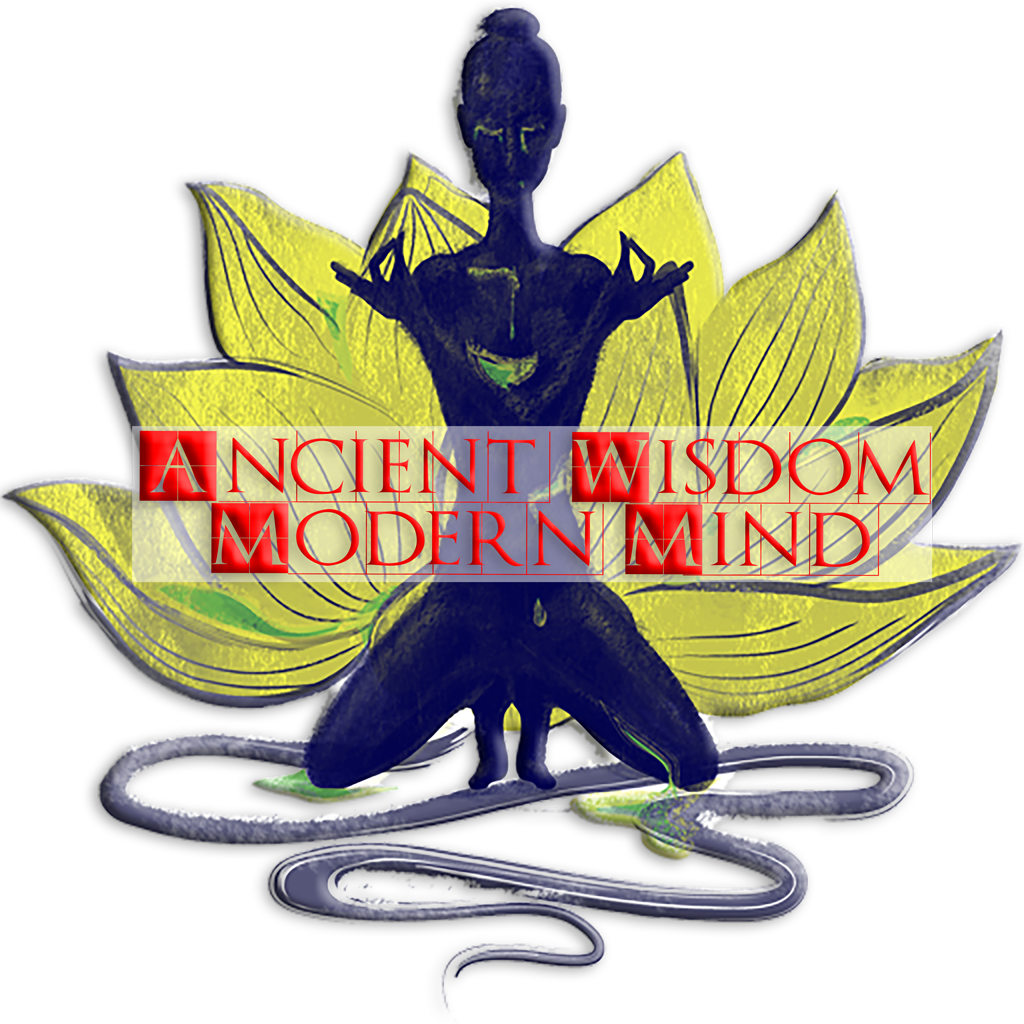Dhyana Yoga | The Seventh Path of Yogic Meditation
What is dhyana in yoga? What is the seventh limb of yoga?
Hello Guys! I am Jason Cain and welcome to the Ancient wisdom modern mind podcast and today I would like to share the concept of “Dhyana or yogic Meditation”.
Dhyana is Sanskrit word meaning meditation, the term dhyana derives from the two Sanskrit root word ‘dhi’, which means "mind," and yana, which means "moving." Dhyana may also originate from the Sanskrit word dhyai, which means "to think of." It is the seventh limb of yoga in the Ashtanga yoga system, also known as the eight-limbed path. But there are many forms of meditation and to simply call dhyana meditation is an over simplification of dhyana’s true implication.
The ancient Hindu scripture Bhagavad Gita lists dhyana yoga as one of the four yoga disciplines along with bhakti yoga, jnana yoga, and karma yoga. In the Gita, the deity Krishna describes dhyana as the "yoga of meditation."
The Yoga sutras defines Dhyana as the "continuous flow of the same thought or image of the object of meditation, without being distracted by any other thought". Swami Vivekananda explains Dhyana in Patanjali's Yoga sutras as, "When the mind has been trained to remain fixed on a certain internal or external location, there comes to it the power of flowing in an unbroken current, as it were, towards that point.
Four Types of Dhyana:
Mantric dhyana/meditation on the Vedic mantras with concentration,
Visual dhyana/meditation or on a particular deity with illumined thought
Absorption in mind and heart
Samadhi
How to Practice Dhyana:
Begin your meditation practice with dharana.
Eliminate your thoughts and feelings.
Add a mudra
Practice
After Dhyana you will experience the seven limbs of yoga by living by your core values, cultivating ease in your body, and anchoring your mind to your own presence. In time, the eight limbs of yoga will come full circle and “union” can occur.
Let me know what you think about this podcast in the comment section below.
Letter of Support
Hello my friends, the patronage of regular followers is greatly appreciated and is the true spirit of mutual self-love… So, if you find any value or joy in the content, please consider becoming a Supporting Patron by downloading Podcasts for a small supporter’s remuneration or by purchasing Meditation audios or books from the Books & Meditation Audios page or by clicking the Supporters Link, and this one simple act makes a huge difference.
👍 share and Stay safe.
References
// IMAGE S O U R C E: Sadu_Kathmandu_Pashupatinath_2006_Luca_Galuzzi.jpg IMAGE TITLE: Two Sadhus, or Hindu Holy Men, near Pashupatinath temple in Kathmandu, Nepal. License to use Creative Commons Zero - CC0 © Luca Galuzzi | wiki/User:Lucag

